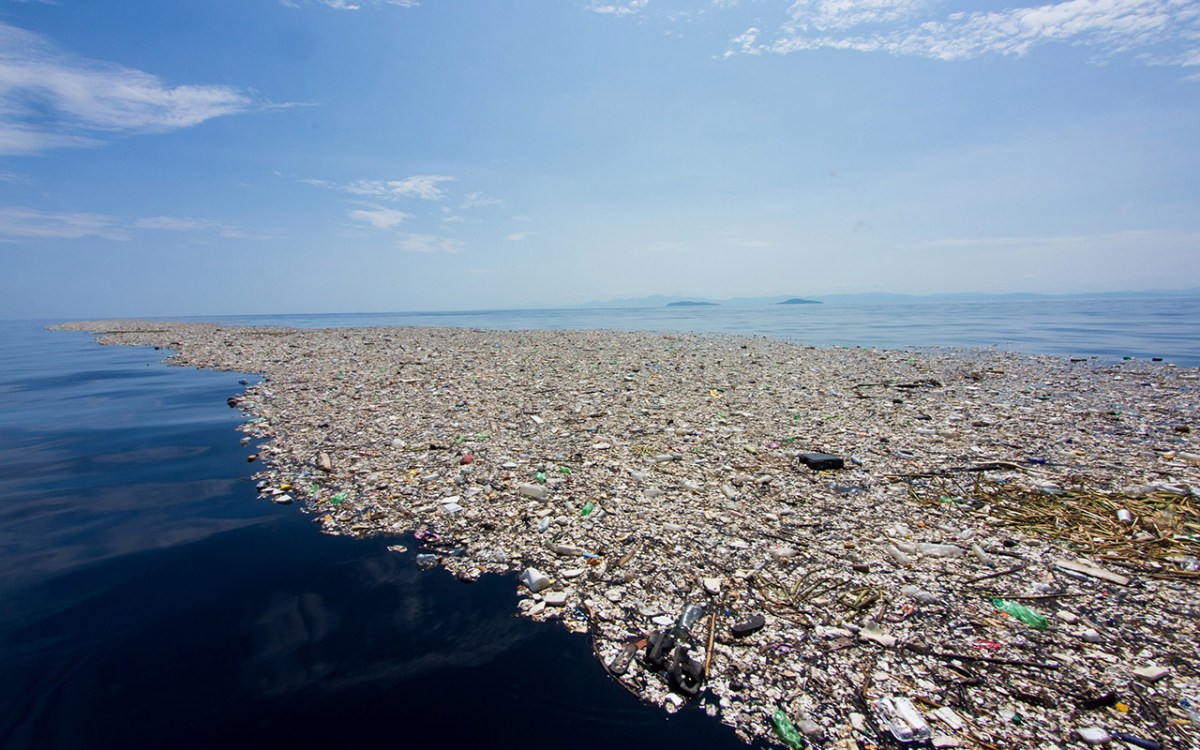Years ago, Charles Darwin studied four islands in the Galapagos archipelago. Through this and many other studies he made throughout his life, along with the knowledge of Alfred Russel Wallace, they both developed the theory of evolution.
Today, we all know that this is the correct theory of how humanity and all other living things on the planet evolved. We know that evolution is a process that all living things go through, because through mutations we have differences of the same species.
These distinctions allow an organism to adapt or not adapt to the environment in which it lives. Therefore, his aphorism: “The fittest survive”, or in other words, “the best adapted is he who survives the environment”.
But, after all, what is the point of all this history and biology class? What happens is that Darwin and other scientists have proven that it is possible for organisms to survive in inhospitable environments, as long as they can adapt.
This unfortunately happens in Garbage Island It is located in the Pacific Ocean. Many may not be aware of this island, but it cannot be denied that there is a huge amount of trash in our oceans. This garbage consists mainly of plastic, rubber and other materials that take millions of years to decompose.
As a result, the Pacific Ocean currents ended up collecting a large portion of this rubbish at one point. This is because this point is the intersection or “end of line” of five distinct ocean currents. So, on this island, there is trash from everywhere on the planet.
Big Garbage Island ecosystem
Logically, the site is the object of study by many researchers, due to the “natural” configuration of Garbage Island. at recent days seek Published by the magazine nature and its evolutionScientists have discovered that there are species of invertebrates living, breeding and contesting territory within this site.
According to the research, some litter samples were taken from the island, which, when analyzed, contained the presence of coastal and open marine organisms.
That, however, it is possible to conclude that there has been an “evolution” of both to adapt to this new “ecosystem”.
According to published research, in the 105 pieces of plastic removed from the island, there were 484 organisms belonging to 46 different species.
Although this is very interesting from a scientific point of view, it is still very dangerous. After all, we have an unnatural environment in which organisms evolve in search of survival.
If the problem of the Great Garbage Island is not resolved soon, it is not surprising that new species of organisms will soon be discovered, which have formed from contact with pollution.

“Music fanatic. Professional problem solver. Reader. Award-winning tv ninja.”

:strip_icc()/i.s3.glbimg.com/v1/AUTH_bc8228b6673f488aa253bbcb03c80ec5/internal_photos/bs/2024/E/Y/jTNpqjQAe6HJkNWs8bHg/whatsapp-image-2024-05-01-at-19.51.21.jpeg)



![[Atualizado] Players say Ghost of Tsushima update 2.19 “broken” the game](https://psxbrasil.com.br/wp-content/uploads/2022/06/ghostoftsushima_1080_2.jpg)

More Stories
UK begins detaining migrants to be deported to Rwanda
The “curved man” regains his movement after 28 years of spinal curvature
Human extinction has a date that scientists have already predicted